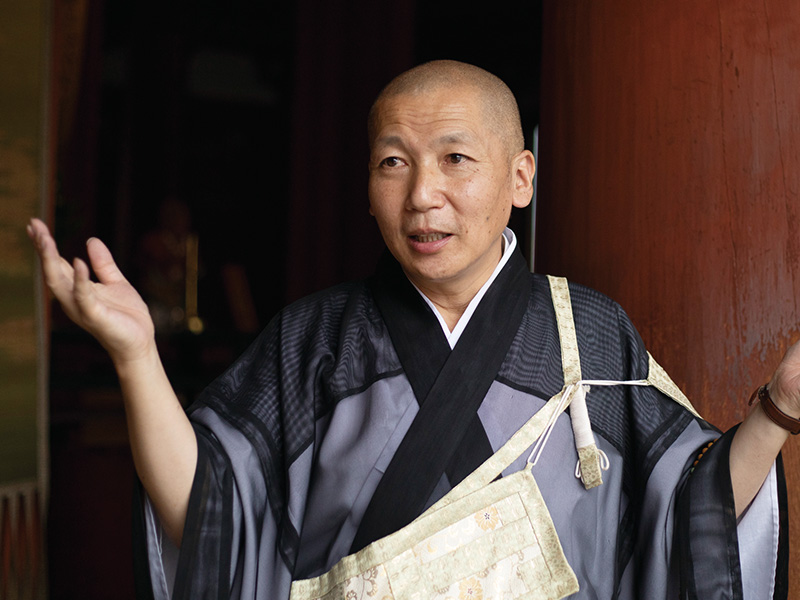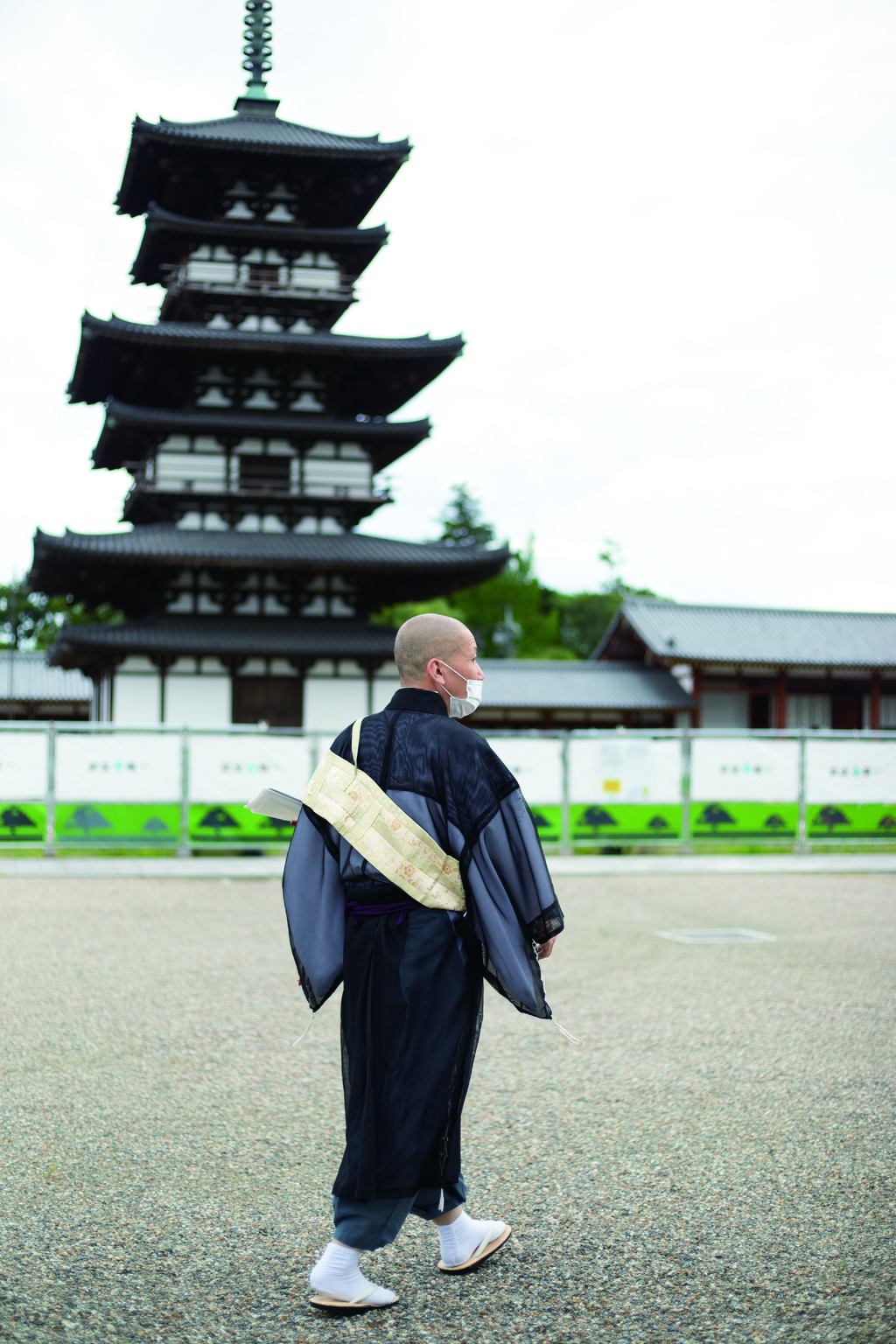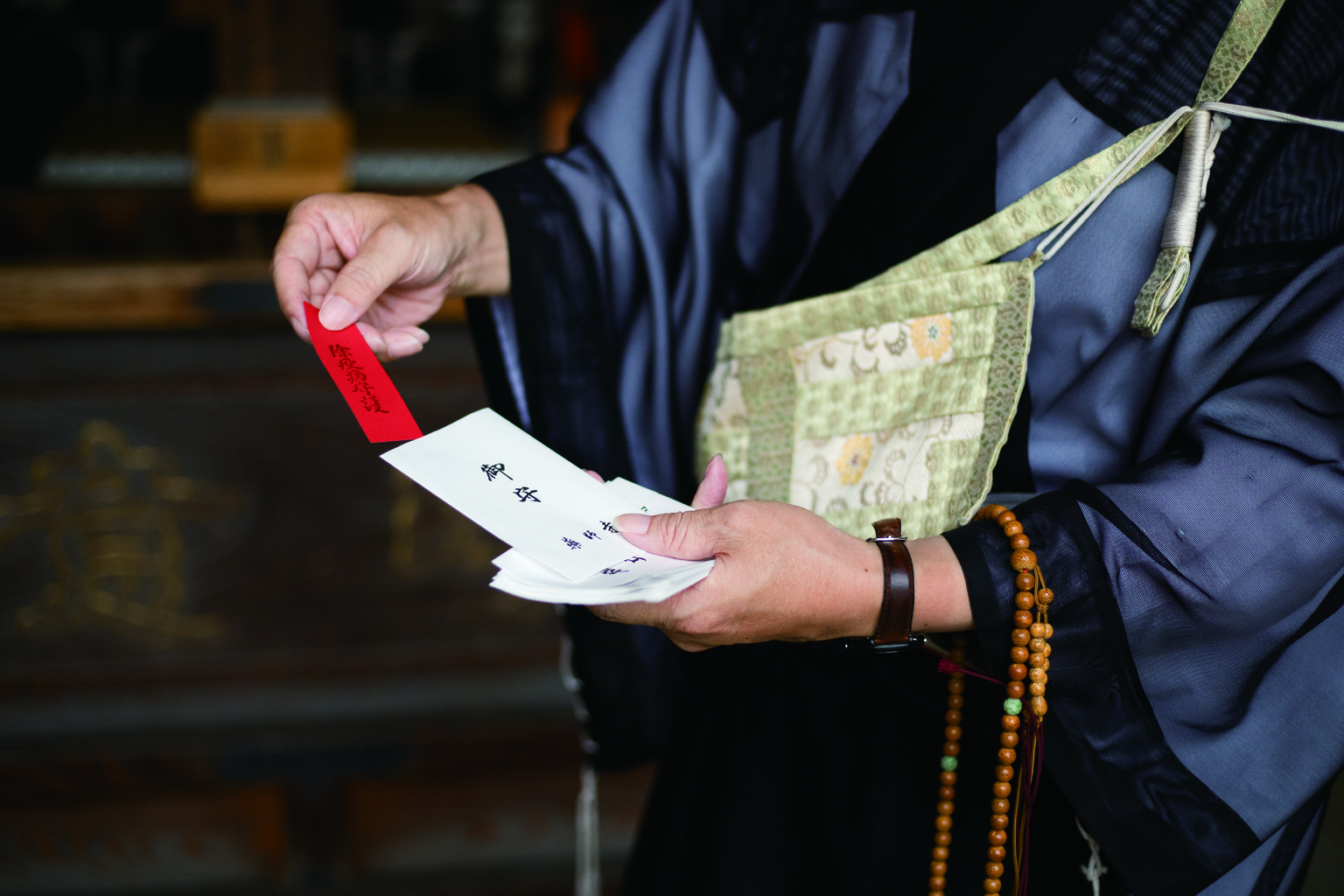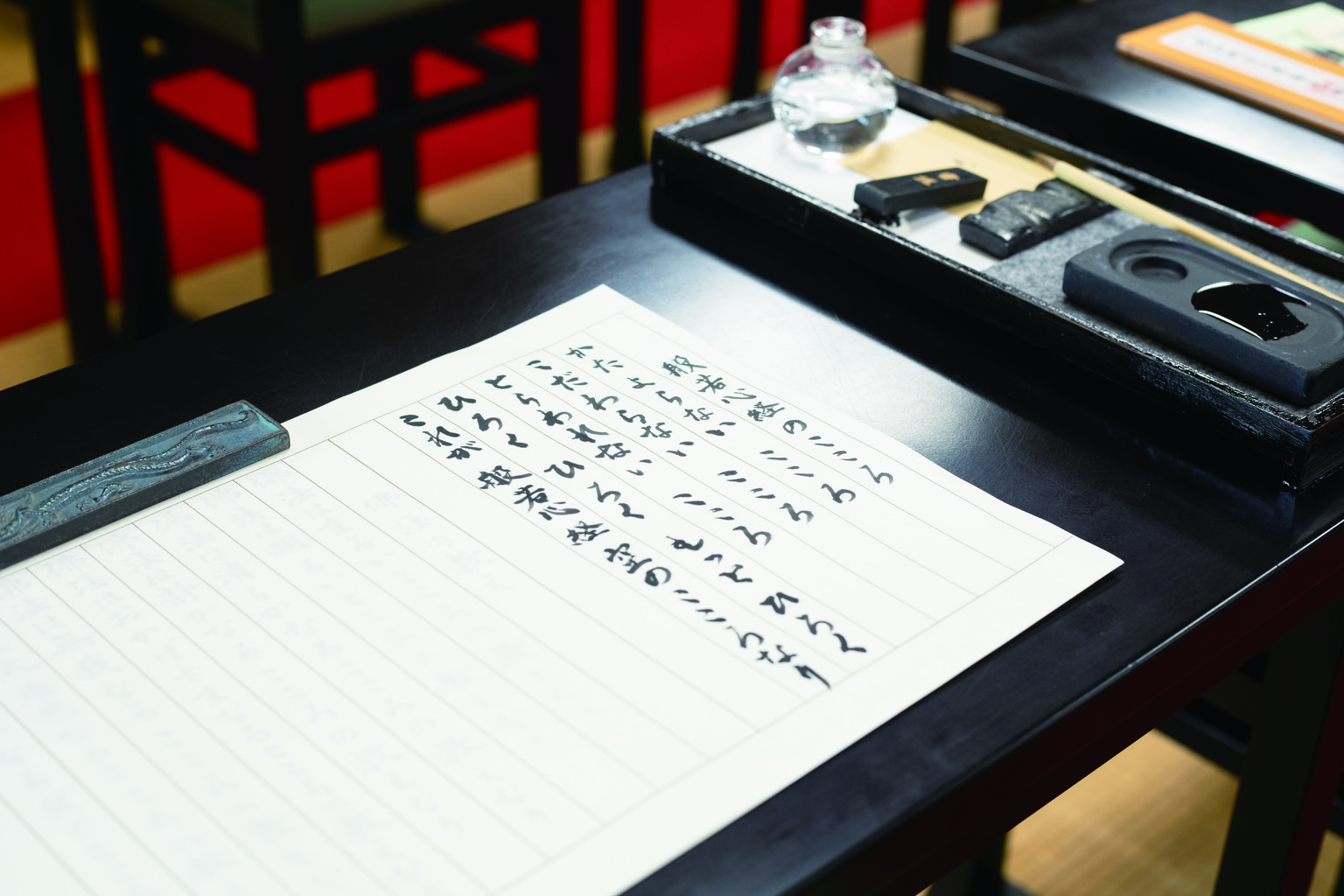Engage with the past and find a connection to the future at Yakushiji Temple, one of Japan’s oldest and most venerable temples. Though often considered little more than symbols of the past, historic locations like this are so much more. As generations have come and gone, Yakushiji Temple remains – a testament to its relevance to real life, even in 2020. Especially in 2020. TW had the rare opportunity to talk with Secretary-General Kashu Matsukubo about the temple’s connection to the contemporary.
Historic Architecture Inspires Modern Engineering
Yakushiji Temple was founded in 680 and though many of its structures have been destroyed in the 1,300 years of its existence, the East Pagoda has survived fires and other disasters. This precious tower was recently disassembled and carefully restored – a process that took 12 years – with final completion slated for spring 2021. It was last repaired between 1898 and 1900. “Each time the pagoda was dismantled, we understood more deeply about its exceptional construction. A rammed earth architectural technique is used at its foundation. It’s a time-consuming, repetitive process where the earth is packed tightly — compact enough to support a structure for hundreds of years. It’s ancient engineering methods like this that inspired the drive to build shinkansen tunnels, which in turn has paved the way for future maglev line construction,” Matsukubo says.
Hope in a Time of Covid-19
Yakushiji Temple has always been considered a place of healing and hope. Its very foundation was in honor of Emperor Tenmu’s ailing consort, who recovered and later became Empress Jito. It was she who consecrated the temple’s mainstay, the Yakushi Triad. Yakushi Nyorai, the imposing main Buddha statue, is known as the healing Buddha. He is flanked by bodhisattvas Nikko and Gakko, who protect people during the day and night respectively. Matsukubo explains, “People have gathered to pray here for good health and recovery from illness for centuries. When the 1918 Spanish flu pandemic hit Japan, monks here made a special woodblock and printed special talismans. These were then blessed and given to visitors as extra protection against the contagion. This practice has been reinstated for the Covid-19 pandemic and the charms are made using the same design from 100 years ago.”
Sutra Copying Experience
Visitors from any faith and culture are welcome to Yakushiji Temple and are encouraged to try their hand at o-shakyo, or sutra copying. Though copying sutras is traditionally considered to give blessings to future descendants and good karma to the person doing it, the practice offers many other rewards. There is evidence that regular practice can improve your posture and be effective in preventing dementia, as well as improve concentration. Matsukubo lists another advantage: “Performing o-shakyo at Yakushiji Temple gives you a place in history. O-shakyo sheets are, after being blessed during our morning ritual, stored above the main hall. There they will remain for centuries,” he says. The money from o-shakyo experiences goes to the renovation of temple buildings, ensuring Yakushiji Temple lasts another 1,300 years.
Essential Info
Yakushiji Temple, 457 Nishinokyocho, Nara
Nearest Station: Nishinokyo Station
Website: yakushiji.or.jp/en/
O-shakyo experience: ¥2,000
(no reservations needed)
Sponsored Post












